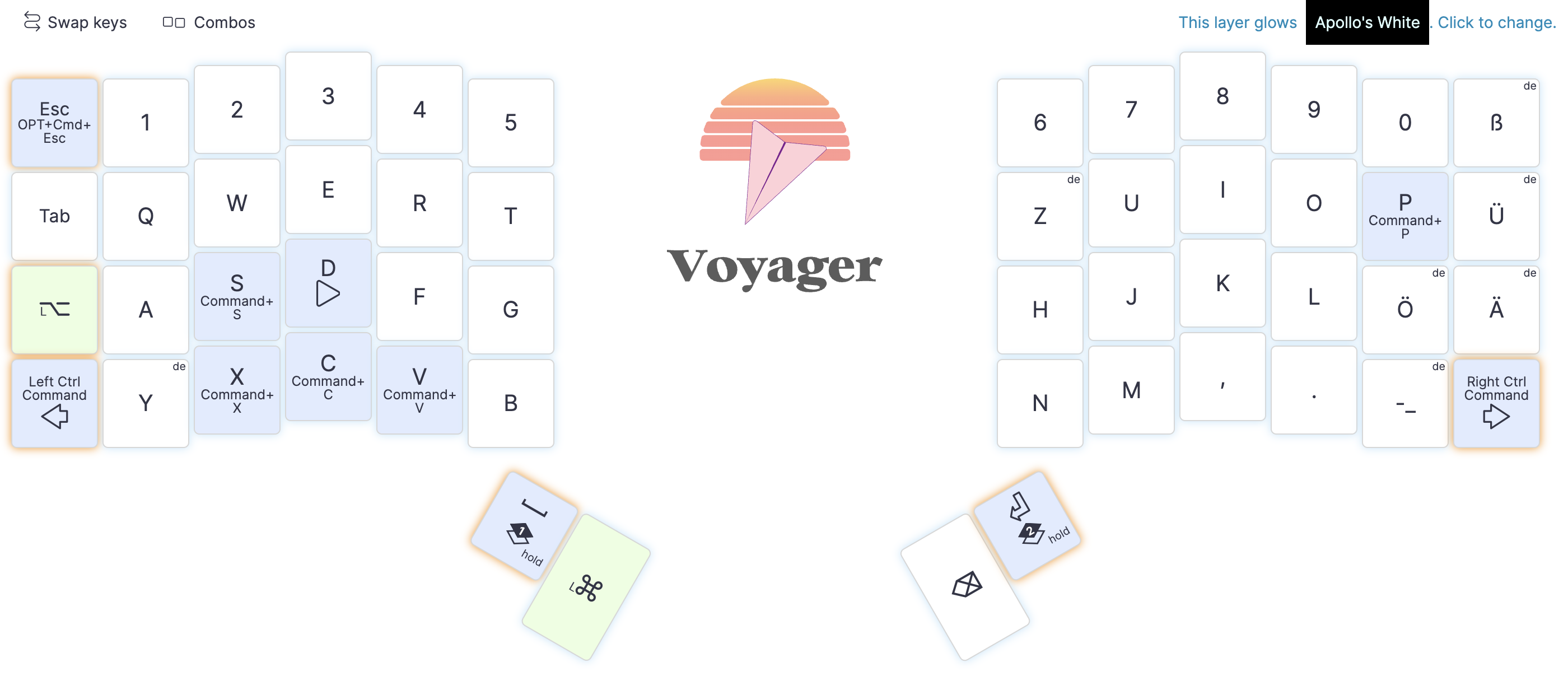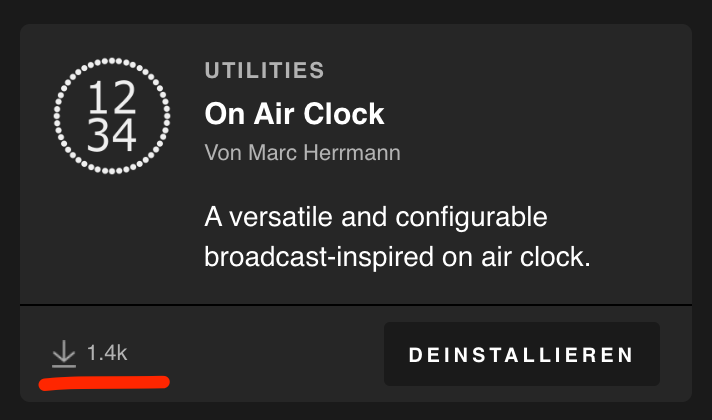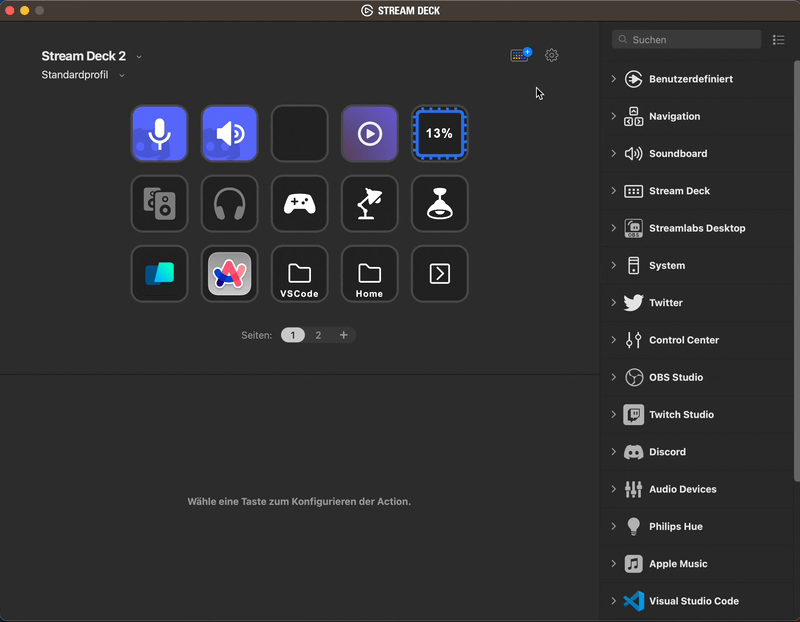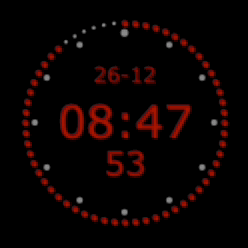Hello, World! It’s been a while and I don’t even know who might still read this weblog. 2024 has been a busy year, in both my job and family live. So here’s a quick sign that I am still alive and this blog is still here.
What I’m doing
Personally, I try to spend as much time with my loved ones as possible. But still maintaining some time tinkering around. Recently, I am trying to create an alexa skill, which seems to be pretty straight forward. Once I’m done, I might let the world know that I am now able to build alexa skills. If it will hit the “store” somewhen? I doubt it.
Professionally, we released one of our biggest products yet, and maybe the product which I love the most so far: the RM1. Developing a first of its kind product from scratch brings some risk and also many learnings. Also, it takes a lot of time, caffeine and effort for the team. And we’re not done yet - still, there has no box with the final product in it left the factory. We’re really looking forward for customers to use it and give us some feedback, and we still have some Ideas in mind.
What the world is doing
Everyone knows, 2024 has not been an easy year for the world. We still have lots of crises in the world. As this blog is not about politics, I will not go into detail. But it’s hard to maintain an optimistic mindset. I’m still doing my best, with varying degrees of success
What 2025 will bring
Hopefully, 2025 will bring a bit more spare time to do some sports, practice some coding or do more than one blog post. Maybe, I should also give this Blog a little makeover. I feel, a self-hosted Hugo site is technologically superior, as we just need to serve some static files. But it just feels not right to use it for blogging. My try on automating the hugo site deployment ultimately failed, as it just breaks every now and then vor various reasons and I am tired. Plus, I want to write and publish posts on my mobile phone, which does not work without any kind of online editor. I have no Idea, which technology to use next, but I know it will not be wordpress.
Professionally, 2025 will hopefully be just as productive as 2024, but without so many deadlines not being met. Let’s see.
Have a nice 2025. P.S. - if you feel you have the right jamstack choice for a cool blogging solution without the need for PHP, let me know!















